The 10 Best Stealth Games
October 1, 2019 | 18:30
Companies: #arkane-studios #bethesda-softworks #eidos-montreal #klei-entertainment #konami #looking-glass-studios #square-enix #the-creative-assembly #ubisoft
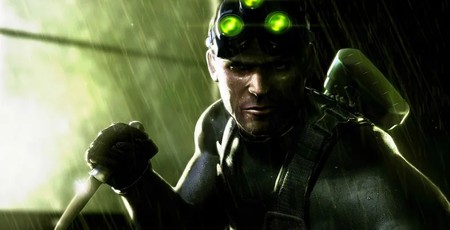
Much as I enjoy blasting a demon’s head off in Doom or running through a collapsing building in Uncharted, I don’t think there’s anything quite as satisfying as completing a level in a stealth game undetected. Sneaking through a bank or a castle or an enemy encampment, completing your objective, and exfiltrating without anyone ever knowing you were there. There’s something about the care and restraint required to do this that provides a real sense of achievement when you pull it off.
It’s also generally very difficult to do, which is perhaps why “pure” stealth games are few and far between. In most modern games, stealth is an optional mechanic in a broader experience such as Skyrim (which *just* missed out of our top 10). This list covers a mixture of “pure” stealth games and more open experiences where stealth is strong enough to carry you across the entire game. Nonetheless, the more focussed a game is on remaining unseen, the higher it will score in our rankings.
So without further ado…hang on, where did you go?
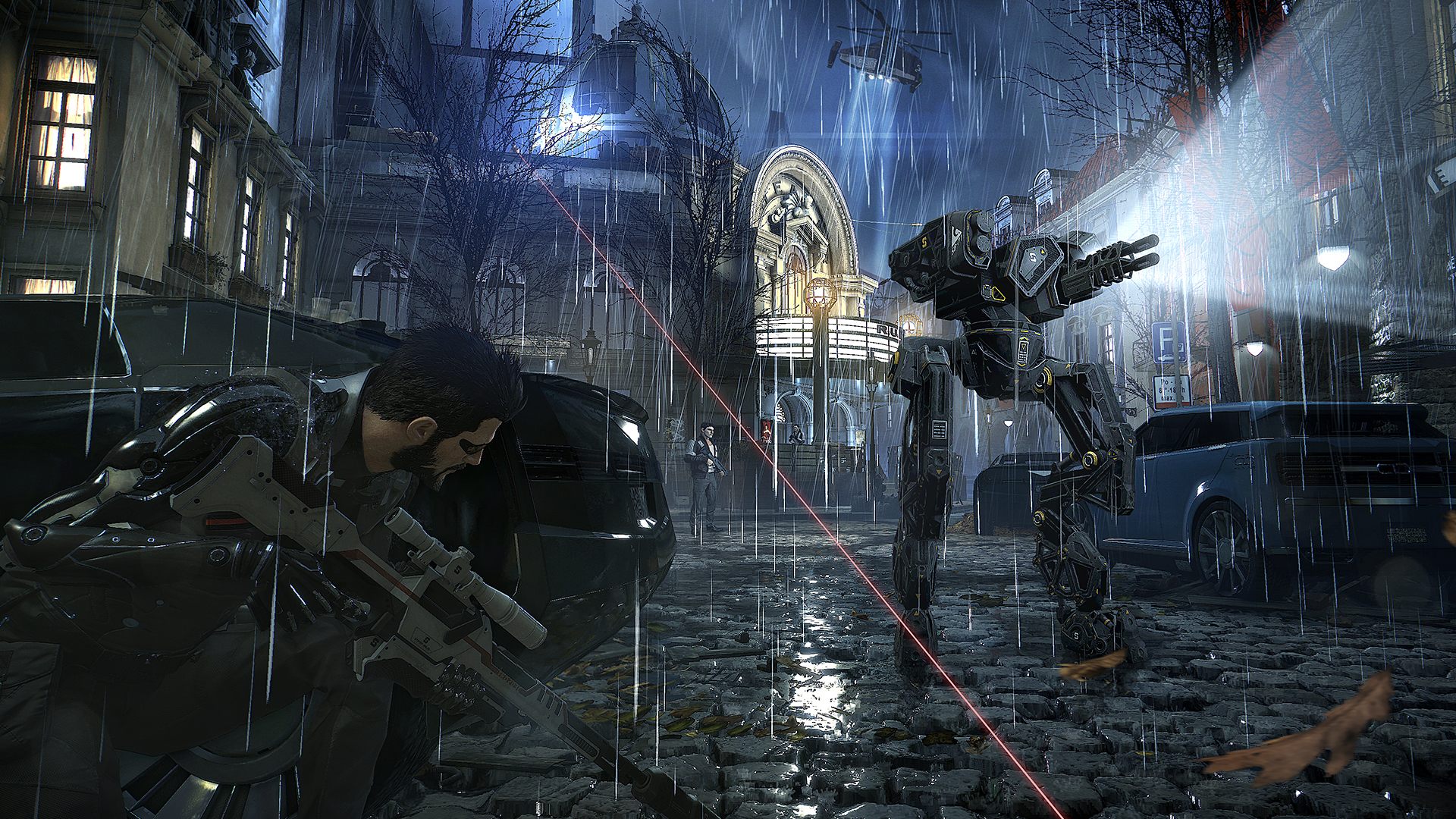
10. Deus Ex: Mankind Divided
Although one of the weaker Deus Ex games overall, from the perspective of stealth, Mankind Divided is probably the best in the series. This is thanks primarily to the sheer array of ways you can get around its world unnoticed. Building substantially on the already-impressive range of abilities seen in Human Revolution, Mankind Divided lets you perform actions such as cloaked takedowns, remote hacking, a Blink-style dash, and walk around quietly using the wonderfully named Leg Silencers.
What’s more, MD’s semi-open replication of Prague provides a fantastic playground for stretching your silenced legs. There are loads of shortcuts and byways to discover, from rooftop pathways to underground sewers. Amongst the general exploration are several superb set-piece missions, such as the bank heist.
Mankind Divided also has a pleasing arc to its sneakery. As tensions in the city rise, the guards become increasingly hostile to your presence. As such, the atmosphere gradually intensifies, and stealth becomes increasingly significant. The story may leave you cold, but slipping between security cameras and knocking out guards with your big metal arms is as elegant as it is thrilling.

9. Metal Gear Solid V: The Phantom Pain
I waxed lyrical about how much I love MGSV in my article on the top 10 immersive sims ever made. It is and remains one of the richest tactical sandboxes around. However, it’s also a game where you can deploy into a mission driving a tank. Given this isn’t the sneakiest of approaches, it impacts somewhat on its overall stealth rating.
Nonetheless, MGS V can be played purely as a stealth game, offering an impressive toolset to facilitate this approach. From companions like D-Dog and Quiet, who help you scout out locations and silently dispatch guards, to gadgets like tranquilliser pistols and an inflatable decoy, the way in which you can manipulate and eliminate the guards of the many locations you must infiltrate is pleasingly diverse.
MGS V also offers a highly reactive stealth experience. Its unique Revenge System tailors difficulty to your playstyle, with guards becoming increasing vigilant toward the way you infiltrate their bases. During stealth play-throughs, the guards will start wearing night-vision goggles, installing security cameras, and deploying decoys and mines to throw off your game. This dynamic responsiveness makes MGS V unique amongst stealth games, and it’s a shame that so few other games have taken inspiration from this rich, sneaking sandbox.

8. Dishonored 2
Like MGS V, Dishonored 2 isn’t a full-blown stealth game, offering you equal opportunity to tear your enemies apart like the knife aliens from Pitch Black. That being said, it does lean slightly more toward a sneaking than either MGS or Deus Ex. Dishonored’s Chaos systems subtly encourages players not to be too over-the-top in their quest for vengeance.
It’s a better stealth game than the original Dishonored too, offering a considerably wider range of non-lethal options to quietly dispatch enemies. As well as the standard choke-hold, you can knock out enemies with specific drop and slide attacks as well as new gadgets like shock mines. It also features some fantastic evasion abilities. Blink is the most obvious one. But Stop Time and Possession are also splendid ways to avoid detection. Dishonored even lets you hide inside corpses, which is magnificently ghastly.
Of course, stealth gaming isn’t just about how you sneak; where you sneak is also a significant factor, and Dishonored 2 features some of the best level design, well, ever. Locations like the spooky Addermire Institute and the Royal Conservatory make for splendid sneaking locales. But perhaps the ultimate stealth challenge is the Clockwork Mansion, a gigantic, dynamically shifting maze patrolled by powerful robot guards. Slipping between the gears of the mansion to find your target is one of the greatest joys to be found in stealth gaming.
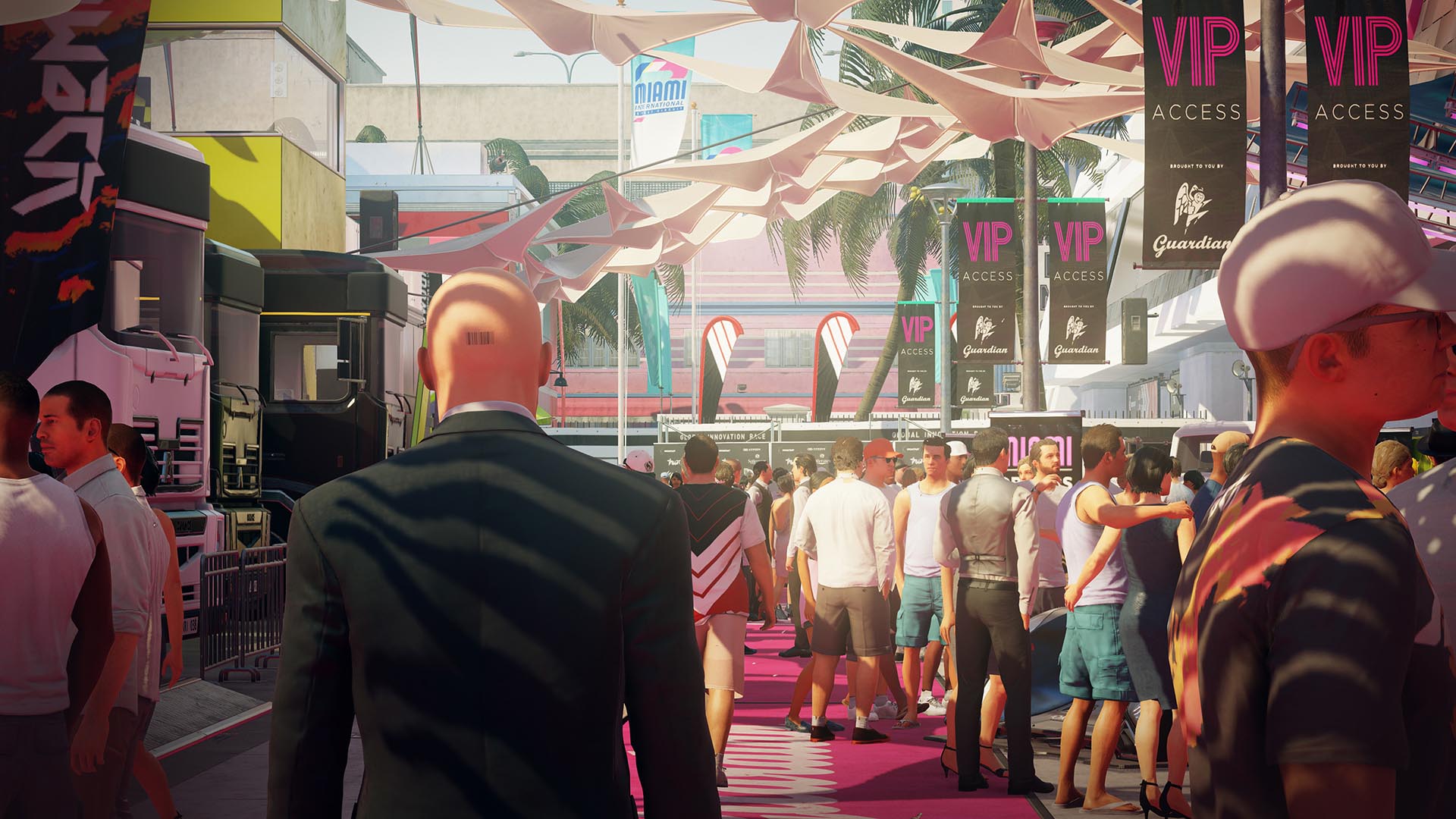
7. Hitman/Hitman 2
Hitman places a much greater focus on stealth than the previous two games. In theory, you could still play it like an action game, but you’ll definitely end up with a low score, assuming you aren’t mercilessly gunned down beforehand. Agent 47 may be tough, but he’s also distinctly mortal, and noisy killing sprees tend to end badly for him.
Hitman’s stealth is slightly different to the other games on this list, with less emphasis on sneaking and more on infiltration and disguise. Each of its levels is a delicately arranged clockwork puzzle, and your job is to slip between the cogs while breaking as little as possible. Do the job right, and not only will you assassinate your target, you’ll do it in a way that nobody even knows it was an assassination.
I’ve included both games in this entry because they’re essentially one giant game split into two parts, with Hitman 2 featuring a different set of missions but nigh-identical mechanics. Crucially, IO has finally succeeding in improving over the excellent Hitman: Blood Money, offering a dozen of the most detailed and replayable stealth sandboxes going.
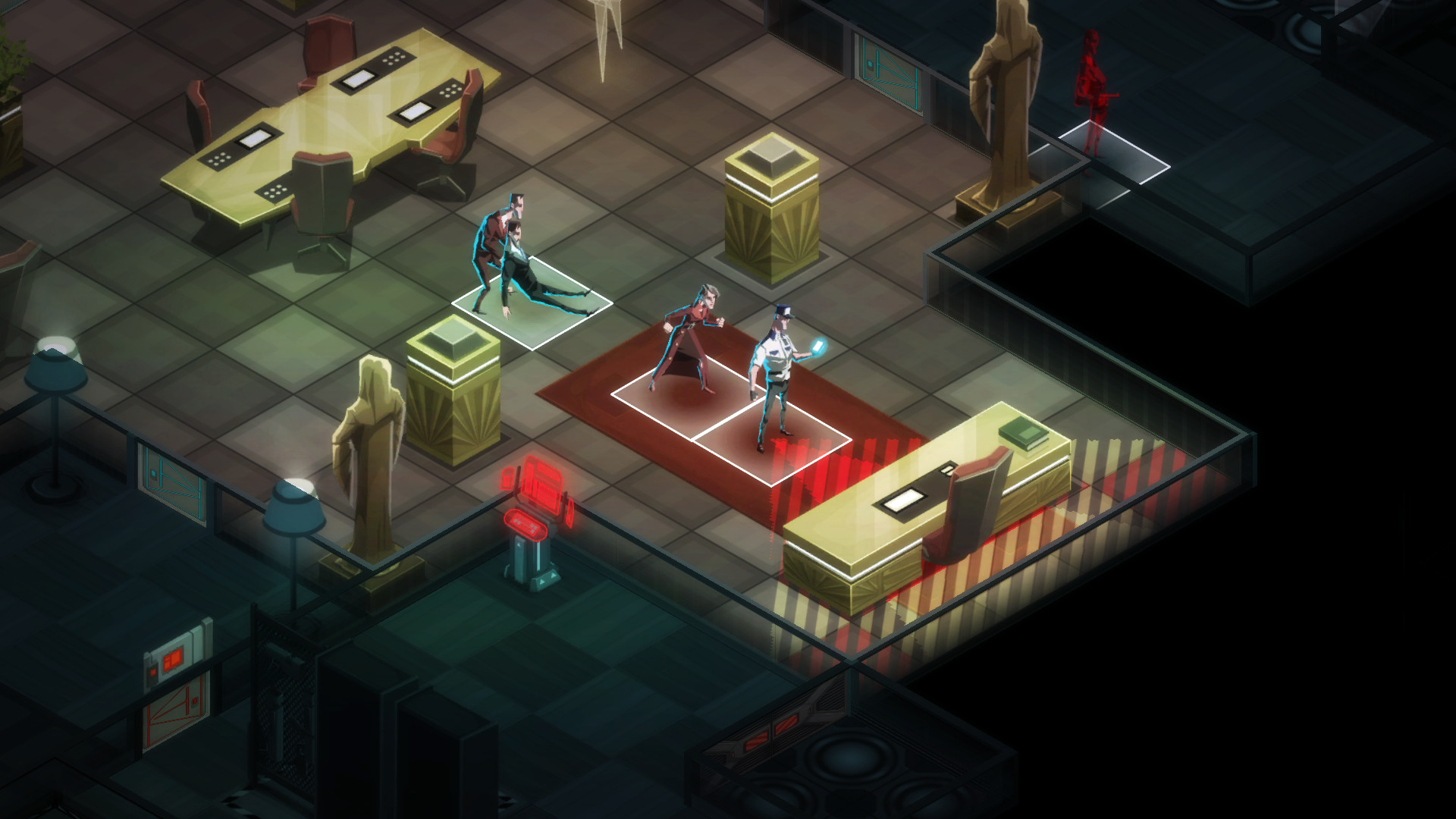
6. Invisible, Inc.
Turn-based stealth may sound like a contradiction in terms, but in truth the subgenre has a rich heritage stemming back to games like Jagged Alliance and the ultra-hard Commandos series. The notion largely disappeared after the millennium, but lately it’s seen something of resurgence through two excellent examples.
The first is Klei’s Invisible, Inc., a game in which you control a team of cyberpunk hacker spies who have just 72 hours to save their organisation by stealing data, weapons, and tech from the world’s most powerful and dangerous corporations.
Many stealth games have a heist-movie vibe to them, with most including a bank robbery at some point. But Invisible, Inc. captures the feel of a great heist movie better than any of them. Each of its randomly generated levels is cleverly programmed to escalate the tension as you play. The game’s most significant feature is its “Alarm counter”, which gradually increases security across the level. This means you need to balance doing the job quickly with getting the resources you need so you can survive its challenging final mission.
Combined with Klei’s typically stunning visual style and a superb hacking mechanic, Invisible, Inc. offers a truly marvellous stealth puzzle that everyone should play.
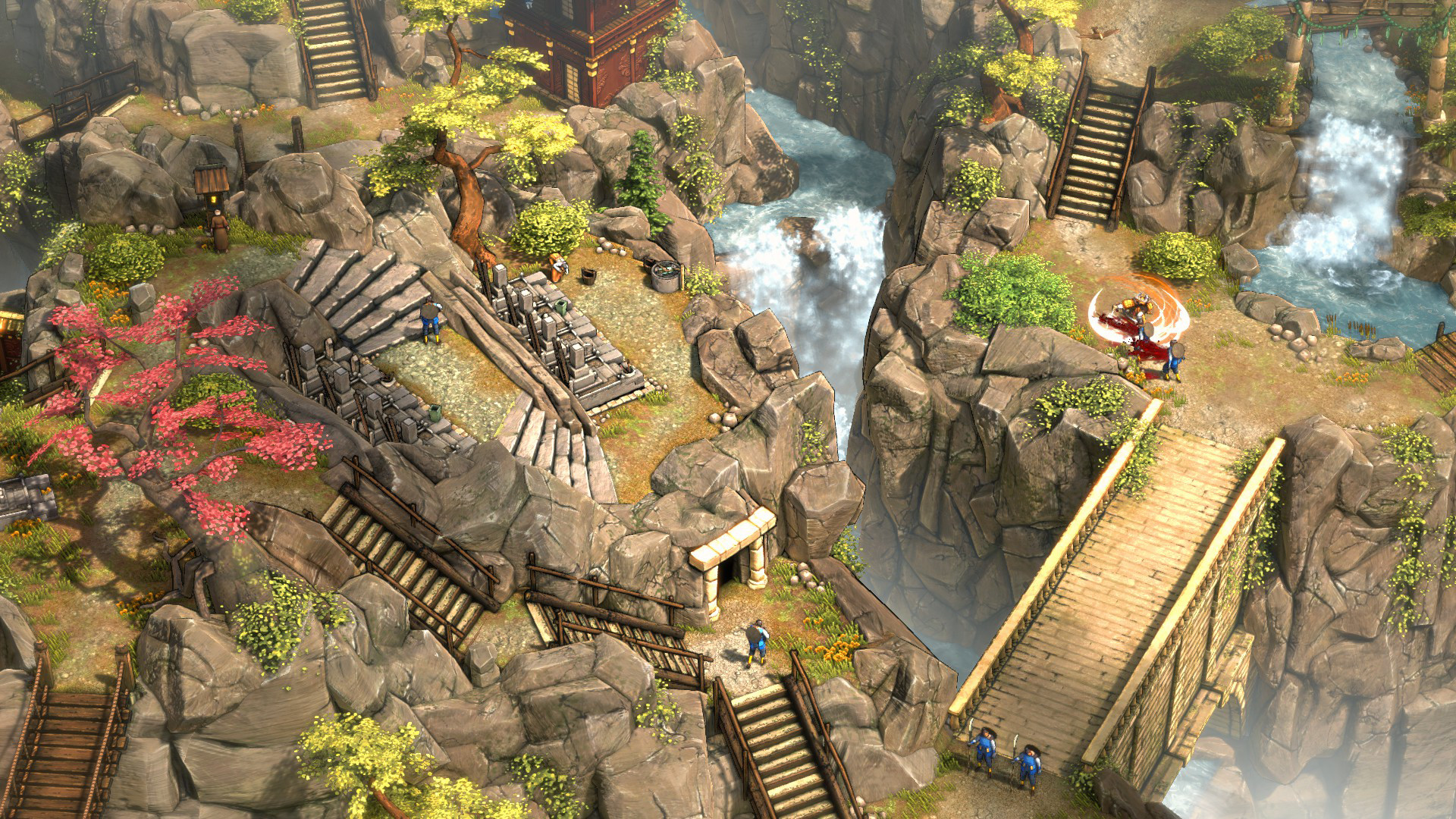
5. Shadow Tactics: Blades of the Shogun
Speaking of Commandos, Shadow Tactics is basically a modern version of the WWII stealth puzzler, offering similarly large levels and complex mechanics but in a somewhat more accessible package. As you can probably tell by the title, Shadow Tactics hands you control of a ragtag band of ronin in Edo-period Japan. Your task is to complete a series of dangerous espionage operations, ranging from assassinations to prison-breaks.
Each character in your band has a different skillset, ranging from aggressive sword-fighting skills to the ability to lure guards to a specific location. The missions are designed to be more flexible than those seen in Commandos, leaning more toward sandbox than puzzling. It’s a game that wants you to experiment, including a generous save system that actually reminds you when to save. Mistakes are still punished harshly, but you won’t tank your entire game because of a slight slip-up.
With gorgeous art, varied levels, and a character who has a gun for a leg, Shadow Tactics is an absolute must for Commandos fans, and an ideal starting point for players who missed out on uber-challenging isometric sneaking the first time around.
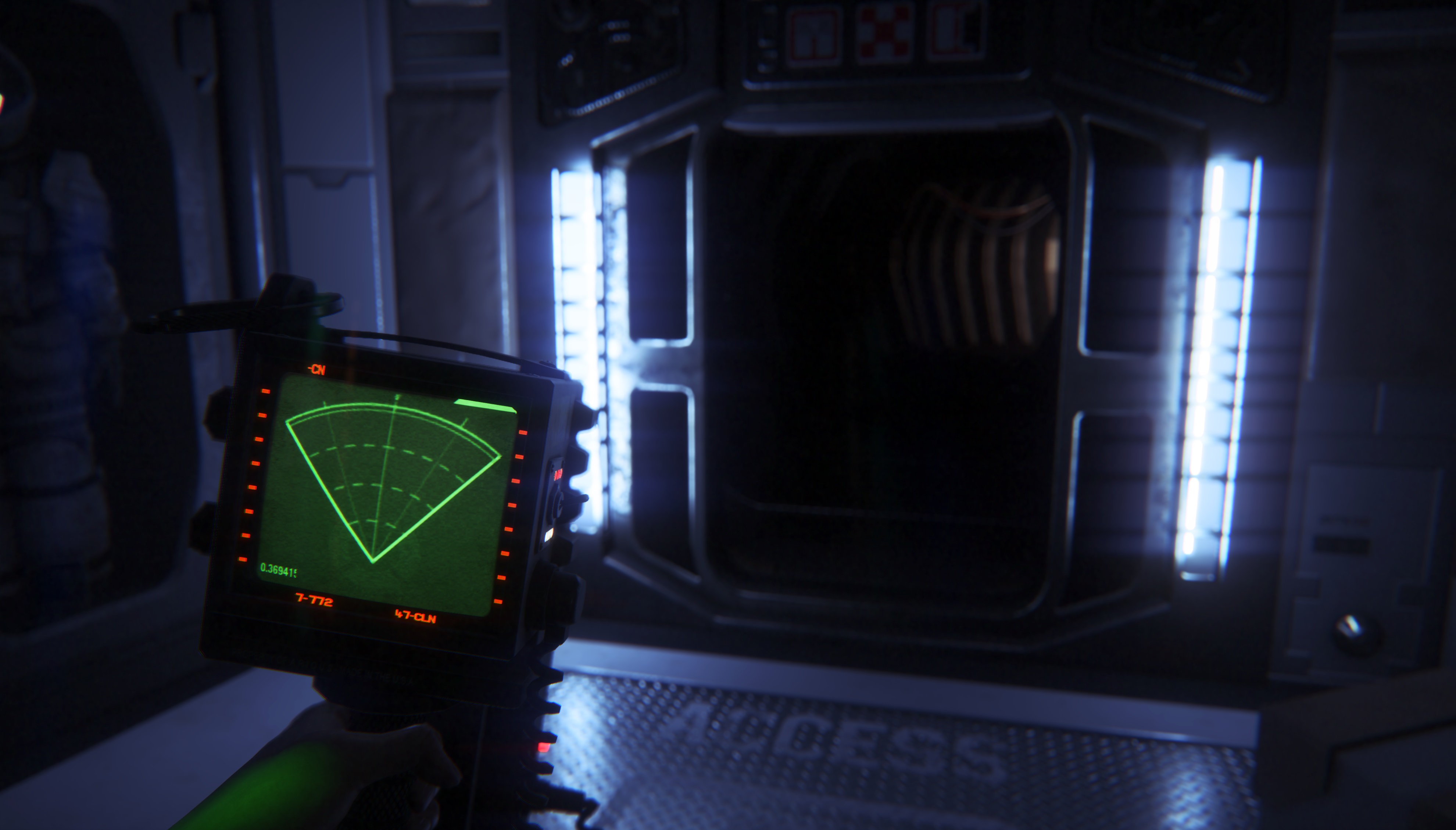
4. Alien: Isolation
In the world’s most expensive adaptation of hide and seek, Alien: Isolation puts you in the shoes of Amanda Ripley (daughter of Ellen Ripley) who travels to the space-station Sevastopol in search of her mother. Arriving to find the station seemingly abandoned, Amanda soon finds herself contending with her own Xenormorph infestation.
Of all the games on this list, Isolation has probably the best incentive for stealth, in that if you don’t stay quiet, you’re going to get your face ventilated by the Xenormorph’s second mouth. And boy, what an incentive! The Creative Assembly did an astonishing job with the Xenomorph, not just replicating its look from the films, but making it feel scary again after decades of pop-cultural exposure. The weight of its footsteps, the sense of its strength and speed and ferocity. It’s a truly amazing blend of visual and audio design.
The Xenomorph also fits beautifully into a stealth game model. The way it seems to actively hunt for you feels very believable, as does how it descends from the vents if you make too much noise. Fun fact, when I originally played Isolation, I had no idea that the Xenomorph can climb into the vents after you, nor that it is constantly simulated even when not physically in the room with you. Learning this afterwards made me retroactively frightened, having realised I’d been blundering around in vents, thinking I was safe when I wasn’t.
As well as being a great stealth game. Isolation also has incredible visuals, a superbly told story, and also happens to be one of the scariest games ever made. More than worthy of a place on this list.

3. Mark of the Ninja
The best dedicated stealth game of the last 10 years, Mark of the Ninja is a masterpiece top to bottom, managing to squeeze its sneaking into two dimensions without losing any of the essence of a great stealth game.
What makes Mark of the Ninja so enjoyable is how is recognises that good stealth is not simply about evasion, but manipulation. Like Rocksteady’s Batman games, it understands that the fun of being stealthy comes from toying with your enemies, using shadows and distraction to not just overcome your enemies but also scare the shit out of them. It’s almost the inverse of Alien: Isolation, putting you in the role of predator rather than prey.
To that end, Mark of the Ninja offers a wonderful array of tools and gadgets, from a chain that lets you dangle from the ceiling, slicing enemy throats while hanging upside-down, to smoke bombs, spike-traps, and even flesh-eating beetles. Indeed, rather than emphasising silence, Mark of the Ninja is all about using noise to your advantage. A screaming guard may not seem like an ideal situation in a stealth game, but when it attracts other guards who were previously standing near a door you need to get through, its usefulness becomes apparent.
With an engaging if simple story and a solid eight-hour campaign all wrapped in Klei’s wonderful 2D animation, Mark of the Ninja is a stealth game to savour.
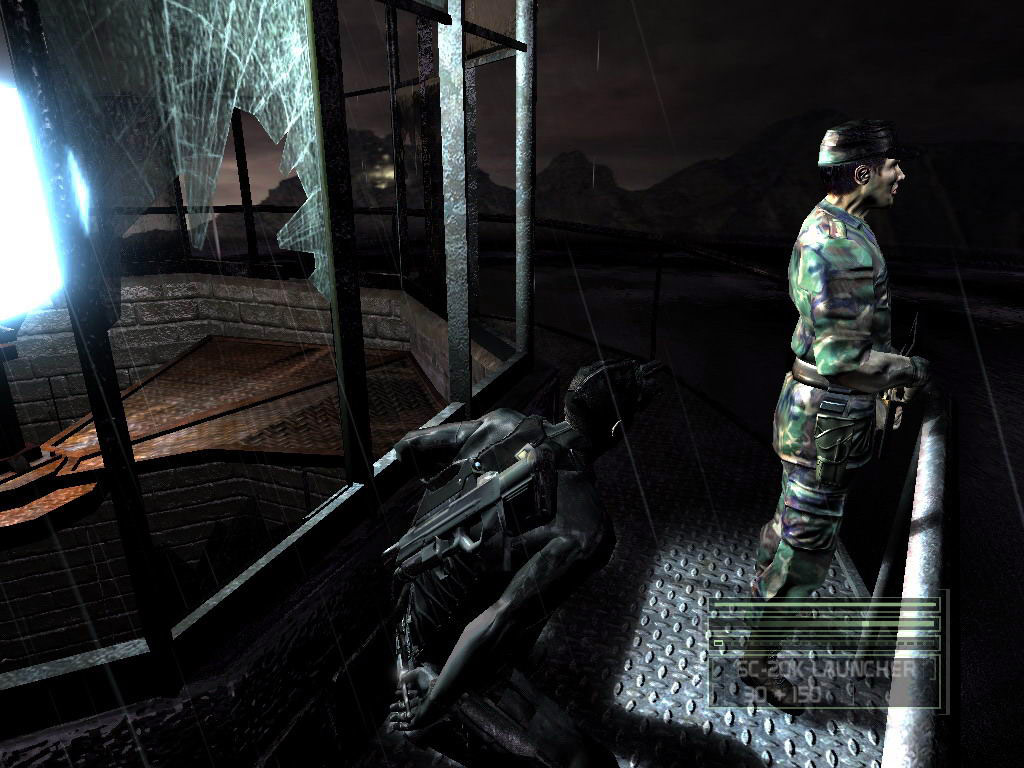
2. Tom Clancy's Splinter Cell: Chaos Theory
Despite wandering around with three glowing lights on his head, Sam Fisher successfully sneaks his way to second on our Best Stealth Games list. Chaos Theory remains the finest and purest example of Splinter Cell’s black-ops espionage, all night-vision goggles, skintight sneaking suits, wall-hugs, and chokeholds.
Chaos Theory offers a nigh-perfect balance of mechanical, narrative, and AI design. Its toolset is broad and entertaining. Fisher’s high-tech gadgets include a shortwave electronics scrambler that lets you briefly turn out lights, goggles that offer multiple vision modes, and, er, a big knife. The AI is wonderfully convincing in how it reacts to Fisher’s ghostly presence, becoming increasingly freaked out as lights start to flicker and colleagues begin to disappear. The story is a delightfully absurd bit of spy-fiction, offering some wonderfully high-stakes missions including a one-man infiltration of shipping tanker and a high-security bank.
It’s also worth mentioning Chaos Theory’s multiplayer component. Offering the only genuinely great example of cooperative multiplayer stealth. For me though, it’s Sam Fisher himself that makes Chaos Theory so enduringly enjoyable, his gentle wisecracks over the radio, the fatherly advice he gives to guards as he twists their arm to extract information. It’s such a shame Ubisoft made him a miserable git in the later games. Nonetheless, I hope it’s isn’t too much longer before we see him again.
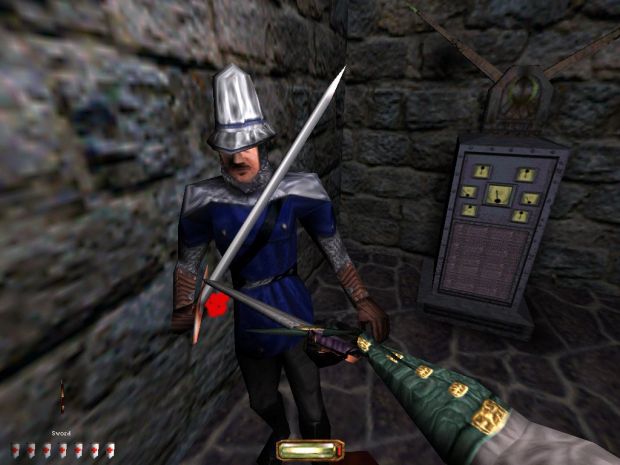
1. Thief II
Will a stealth game ever top the majestic design of Thief II? I hope so, but I doubt it. Thief II learns from all the mistakes made during the development of The Dark Project and applies them to brilliant effect. It reduces the emphasis on horror from the original game and places much greater focus on robbing the various institutions of its Gothic-steampunk city.
Indeed, almost every level of Thief II boasts ingenious concept and level design, from the pilfering pleasures of 'Shipping and Receiving' to the audacity of breaking into the City Watch’s Guardhouse in 'Framed!'. And, of course, who could forget the incredible 'Life of The Party', whose remarkable rooftop scrambling established the template that so many other immersive sims would follow?
Players may come to Thief for the opportunity to pick a pocket and rob a bank, but you stay for the atmosphere and the brilliant storytelling. Despite being 20 years old, the Thief series remains a collection of some of the most atmospheric games ever made, courtesy of meticulous visual and particularly audio design. The City is a strange and eerie fantasy metropolis unlike any other, and exploring its streets, rooftops, and sewers has lost precisely none of its dark allure.
I’ve nothing else to say aside from: Play it. Play it now, and play it on Expert, as tackling Thief on the hardest difficulty unlocks a much wider range of objectives for each level, requiring you to explore its wonderfully crafted environments to the full. All the Thief games are worth playing, but Thief II remains the best of them all. It also has over 1,000 community-made missions, many of which are even more ambitious than those seen in the original game. All combined, this makes Thief II by far the biggest and best stealth game ever made.

MSI MPG Velox 100R Chassis Review
October 14 2021 | 15:04









Want to comment? Please log in.